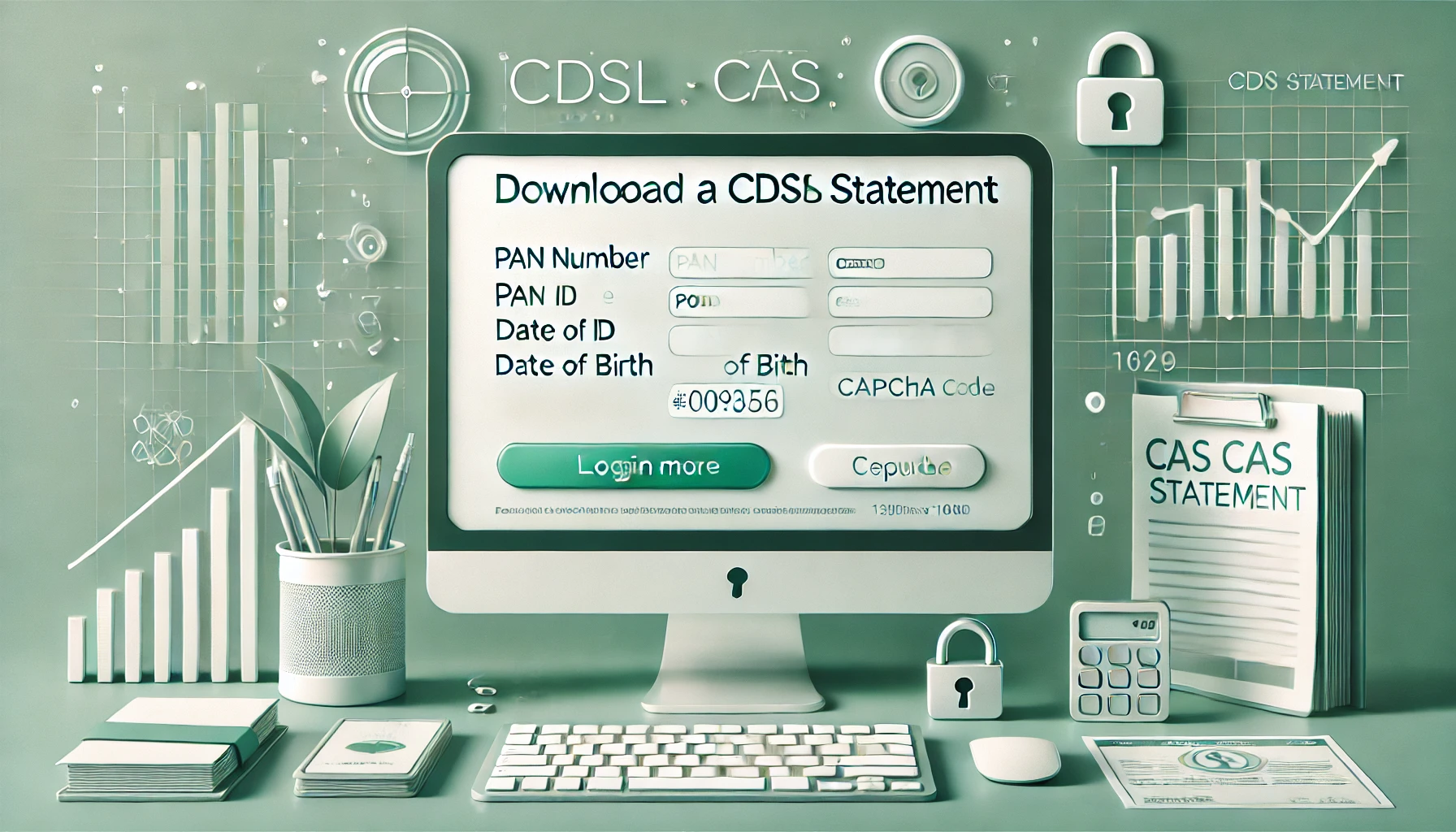
SWP vs Annuity: Better Monthly Income in Retirement?
Compare SWP vs annuity for monthly income. See ₹2 crore example, tax angle, risks, and a...
If an SWP is the engine that pays you every month, the cash buffer is the shock absorber that keeps the ride smooth. Markets don’t pay salaries on schedule, but your bills arrive like clockwork. A buffer bridges that gap so your “paycheck” isn’t at the mercy of a bad week or quarter.
If you’re new to the concept of SWP itself, start with the primer: What Is SWP in Mutual Funds? Meaning, How It Works.
A cash buffer is money deliberately kept aside - separate from your market-facing portfolio to fund several months of SWP payouts without having to sell growth assets in a dip. It’s not meant to maximise returns; it’s meant to maximise reliability. The purpose is to buy time: time for markets to recover, time for you to stick to your planned payout, and time to make decisions only on a scheduled review date, not in reaction to headlines.
A simple mental model helps: imagine your portfolio as three zones - cash (pays the next few EMIs of life), near-cash (a calm reservoir you can move into cash), and growth (the long-term engine). The buffer lives in the first two zones.
Most planners anchor the buffer between 12 and 24 months of payouts. Choosing your number is about your reality, not someone else’s rule. If your expenses are tight and non-negotiable, lean closer to 24 months. If your spending has flex (you can temporarily shave 5–10% in a tough year), 12–18 months may be enough. Your asset mix matters too: heavier equity exposure argues for a deeper buffer; a conservative mix can work with the lower end.
Tiny decision helper (pick one and commit):
Sequence-of-returns risk also nudges the choice. Early bad years hurt more because you’re selling units at lower NAVs while the corpus is still small. A deeper buffer dulls that early sting, so you’re not forced into poorly timed sales.
A pragmatic starting point is 18 months. Move to 24 if you’re just starting retirement, have fixed outgo, or tend to worry during volatility. Trim to 12–15 if your costs are flexible and the portfolio tilts conservative. You can recalibrate at your annual review.
The buffer’s job is to be there on time, not to outperform. Prioritise safety, liquidity, and predictability. Keep it ring-fenced from “opportunity hunting” and from one-off goals.
Resist the temptation to chase a slightly higher yield here. The small extra return isn’t worth the risk of delayed access or unexpected volatility in the one pot that must stay boring.
Refilling is where many plans drift. Make it mechanical and calendar-based so you don’t negotiate with yourself mid-year.
Write these rules down. The point isn’t perfection - it’s consistency.
Volatile year? Don’t touch growth just to meet the month’s payout. Draw from the buffer exactly as planned. That’s its job: to keep your household cash flow calm while markets misbehave. By your next review, you’ll have more information. If recovery is underway, rebuild the buffer from growth in measured steps. If recovery is slow, hold the payout flat for another year and rebuild from near-cash first.
Want a quick sense of how buffer depth and payout choices affect longevity? Midway through your planning, see how long money lasts for your SWP amount.
If you breach mid-year (buffer dips under 12 months): Hold the payout flat (no raises), prioritise near-cash → cash refills over the next couple of months, and avoid selling growth unless your written review rules explicitly allow it. Treat this as a yellow light, not a reason to panic; the goal is to climb back above the 12-month floor quickly and calmly.
Ravi needs ₹60,000/month from his portfolio. He chooses an 18-month buffer, so he earmarks ₹10.8 lakh (₹60,000 × 18). He keeps 4 months in instant-access cash-like options for smooth payouts and 14 months in near-cash, low-volatility instruments.
The buffer didn’t remove risk; it prevented bad-timing sales and kept the “paycheck” feeling like a paycheck.
Talk through your numbers with an expert planner - Schedule a Call.
A resilient SWP isn’t about predicting markets; it’s about engineering calm. Size a buffer you can commit to, park it safely, and refill it once a year by written rules. When markets drop, let the buffer do its job so you don’t sell at obviously poor moments. The outcome you’re chasing is not the highest return - it’s a household cash flow that feels boring and dependable.
Next read: SWP Mistakes People Make (and Simple Fixes)
Disclaimer: This article is educational and platform-neutral. For personal decisions, consider speaking with your CA or a SEBI-registered investment professional.
Popular now

Learn how to easily download your NSDL CAS Statement in PDF format with our step-by-step g...

Explore what Specialised Investment Funds (SIFs) are, their benefits, taxation, minimum in...

Learn How to Download Your CDSL CAS Statement with our step-by-step guide. Easy instructio...

Looking for the best financial freedom books? Here’s a handpicked 2025 reading list with...